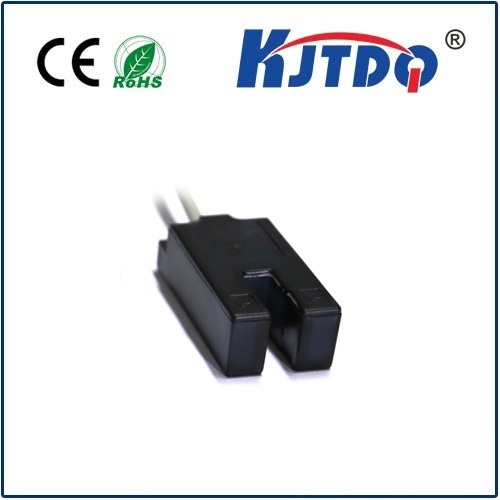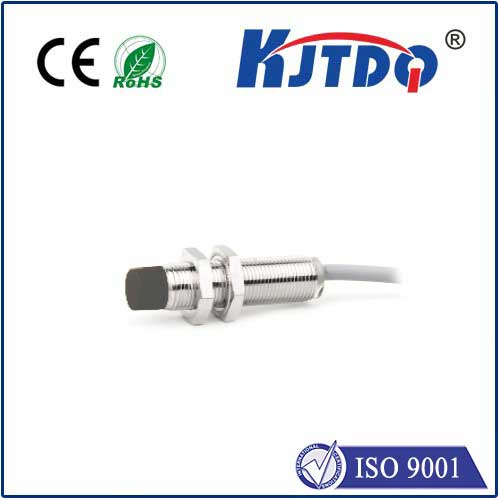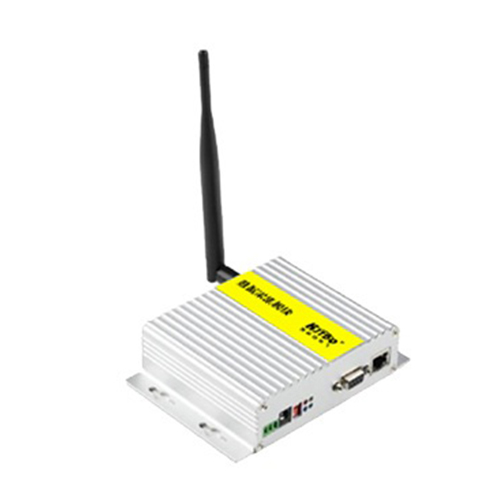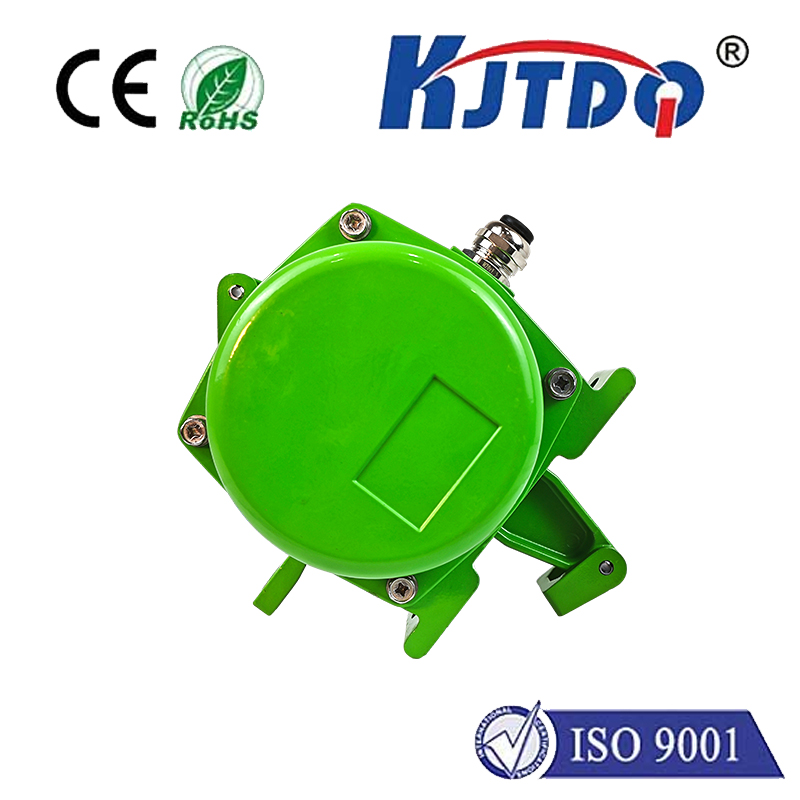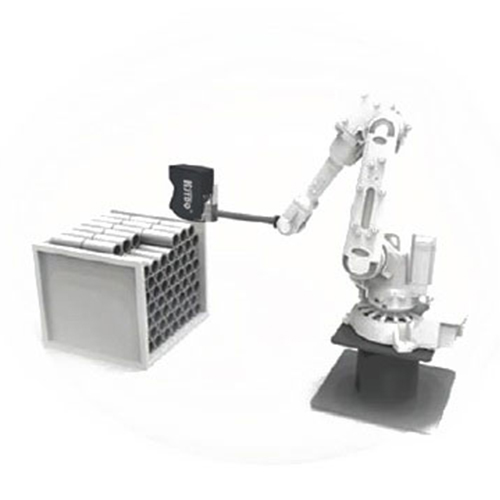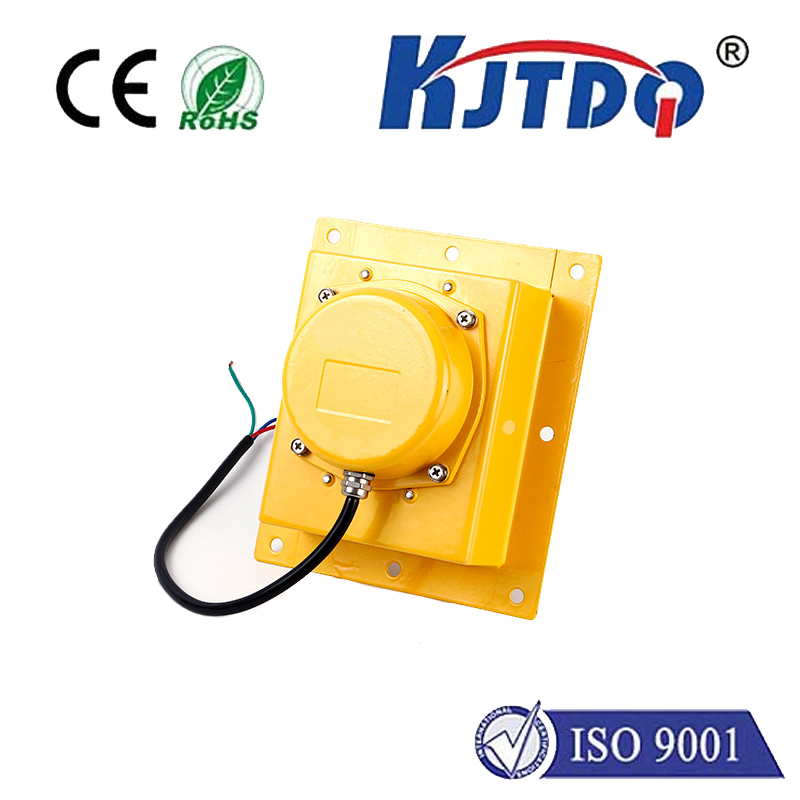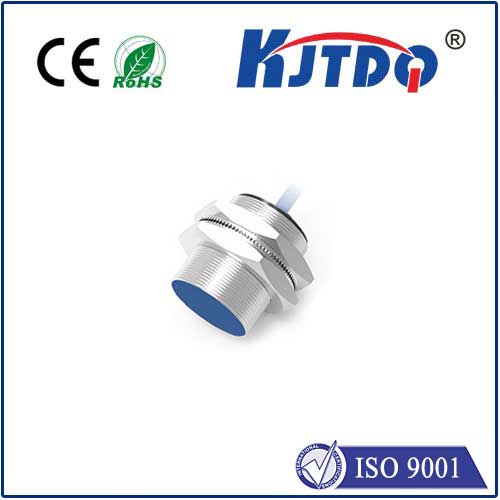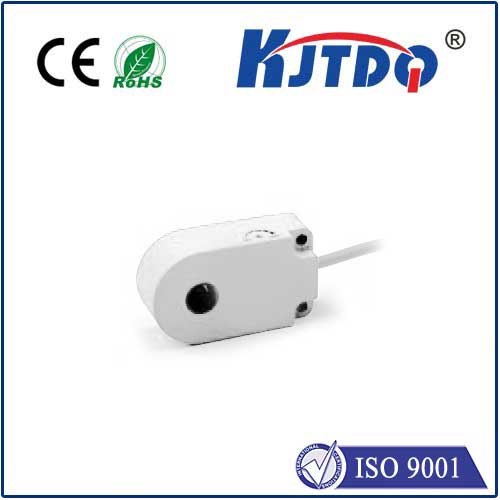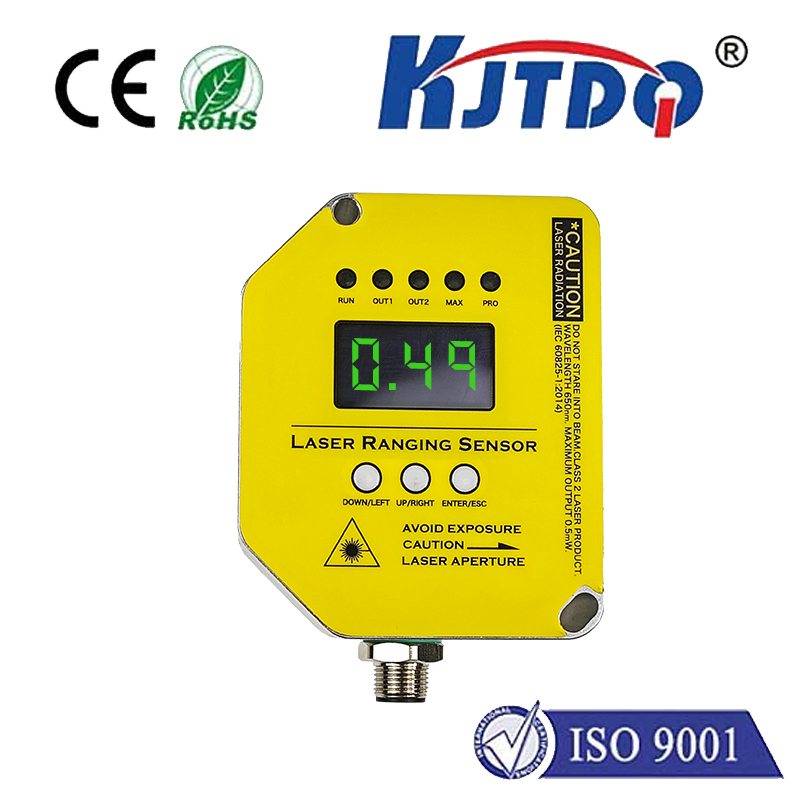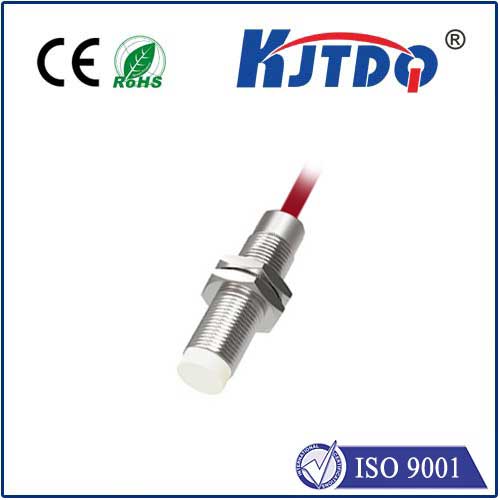Различные датчики приближения
- time:2025-06-17 02:47:43
- Нажмите:0
How Different Proximity Sensors Work and Where They Shine
Imagine a machine effortlessly assembling parts without collisions, a robotic arm knowing precisely when to stop near a human operator, or your phone screen dimming the moment you lift it to your ear. These everyday marvels rely on a silent sentinel: the proximity sensor. But not all proximity sensors are created equal. Understanding the Различные датчики приближения available – their core technologies, strengths, limitations, and ideal applications – is crucial for selecting the perfect non-contact detection solution for any task.
At its essence, a proximity sensor detects the presence, absence, or distance of an object without physical contact. This non-invasive nature makes them indispensable across a staggering range of industries, from rugged factory floors and automotive assembly lines to sleek consumer electronics and sophisticated medical devices. The magic lies in the diverse physical principles harnessed by different proximity sensor types, each excelling in specific environments.

1. Inductive Proximity Sensors: Masters of Metal Detection
- How They Work: These sensors generate an oscillating electromagnetic field. When a ferrous (iron-based) or non-ferrous (like aluminum or copper) metal object enters this field, it induces eddy currents within the metal. This disrupts the field and triggers the sensor’s output.
- Key Strengths:
- Highly Robust: Excellent resistance to dirt, dust, oil, water, and vibration, making them ideal for harsh industrial environments.
- Contactless & Long Lifespan: No moving parts to wear out.
- High Switching Frequency: Capable of detecting targets moving at very high speeds.
- Эффективность затрат: Relatively inexpensive for metal detection tasks.
- Limitations:
- Detects Metals Only: Completely ineffective for non-metallic objects (plastic, wood, liquids).
- Limited Sensing Range: Typically ranges from a few millimeters up to about 60mm.
- Affected by Surrounding Metal: Nearby metal structures can influence performance.
- Typical Applications: Machine automation (positioning metal parts), conveyor systems (counting metallic objects), detecting pistons in cylinders, speed monitoring (gear teeth counting), metal detection gates.
2. Capacitive Proximity Sensors: Detecting Almost Anything
- How They Work: These sensors function like an open capacitor. One plate is the sensor face, and the other is the target object (ground). When an object – almost any material, solid or liquid – enters the sensor’s electrostatic field, it alters the capacitance of the circuit, triggering detection.
- Key Strengths:
- Material Versatility: Detects metals, plastics, wood, glass, liquids, powders, and even granular materials. This is a major differentiator.
- Detects Through Barriers: Can often detect targets through thin non-metallic walls or containers (like monitoring liquid levels).
- Adjustable Sensitivity: Allows tuning to ignore certain materials or focus on the target.
- Limitations:
- Potentially Less Robust: Sensitivity can be affected by humidity, condensation, or coating buildup, requiring careful mounting and maintenance.
- False Triggers: Highly susceptible to environmental changes like moisture or dust if not adjusted correctly.
- Moderate Sensing Ranges: Similar to inductive sensors, typically under 50mm, though specialized versions reach further.
- Typical Applications: Level detection (liquids, powders in tanks or silos), detecting filled bottles/packages (plastic, glass), paper or wood processing control, touch interfaces (non-tactile buttons), presence detection of non-metallic objects.
3. Photoelectric Sensors: The Long-Range Light Brigade
- How They Work: These utilize a light emitter (usually LED: infrared, visible red, or laser) and a receiver. Detection occurs when the target object either interrupts the light beam (Thru-Beam), reflects light back to the receiver (Retro-Reflective), or reflects light diffusely from the object itself (Diffuse). Each mode offers distinct advantages.
- Key Strengths (Vary by Type):
- Long Sensing Ranges: Far exceed inductive/capacitive sensors – from centimeters to tens of meters (Thru-Beam).
- High Precision: Laser types offer very fine resolution.
- Detects Diverse Objects: Works well on nearly any material, shape, or surface, including transparent or opaque items (depending on type and setup).
- Fast Response: Very high switching speeds.
- Limitations:
- Environmental Sensitivity: Performance degrades in fog, severe dust, steam, or direct sunlight. Requires relatively clean optical surfaces.
- Alignment Critical: Thru-Beam and Retro-Reflective types require precise alignment of emitter and receiver or reflector.
- False Triggers: Stray light (sunlight, reflections) can interfere if not shielded properly. Color/reflectivity of the target affects Diffuse sensors.
- Typical Applications: Bottle/can counting on conveyors (any material), object detection over large distances, web breaking detection (tape, film), stack height control, security systems (light beams), detecting transparent objects.
4. Ultrasonic Proximity Sensors: Sound-Based Distance Masters
- How They Work: These emit high-frequency sound waves (inaudible to humans) and measure the time it takes for the echo to return after bouncing off a target object. Distance is calculated based on the speed of sound.
- Key Strengths:
- Material Insensitivity: Detects solid objects and liquids regardless of color, transparency, or surface texture. Can even see transparent glass or clear liquids.
- Effective in Challenging Environments: Performs well in environments with dust, fog, or smoke where optics fail.
- Distance Measurement: Provides actual distance data, not just presence/absence.
- Limitations:
- Soft/Target Issues: Absorbent surfaces (like cloth, foam) or very small/pointed targets can dampen the echo signal.
- Temperature Dependence: Speed of sound varies with temperature; most sensors include compensation.
- False Echoes: Sound reflections from nearby hard objects (like walls, machinery) can cause erroneous readings.
- Moderate Response Time: Slower than inductive or photoelectric sensors.
- Typical Applications: Tank level measurement (solids, liquids), pallet stacking height control, object detection on uneven surfaces, parking assistance systems, robotics navigation, presence detection in dusty environments.
5. Magnetic Proximity Sensors: The Reed and Hall Effect Duo
- How They Work: These specifically detect the presence of a permanent magnet.
- Reed Switches: Enclose thin ferromagnetic reeds in a sealed glass tube. A magnet causes the reeds to flex and make contact, closing the circuit.
- Hall Effect Sensors: Utilize semiconductor technology where a magnetic field causes a measurable voltage change.
- Key Strengths:
- Simple & Reliable (Reed): Completely passive, low cost, sealed against environment.
- Solid-State Reliability (Hall): No moving parts, long life, precise switching.
- Require Only a Magnet: Can be

